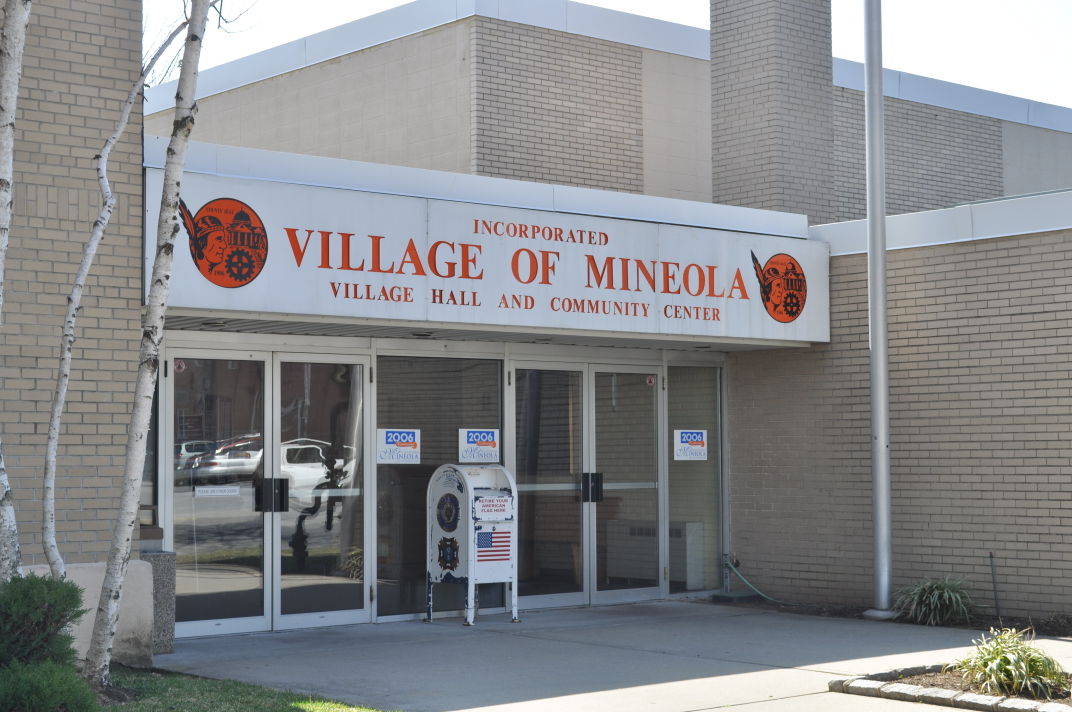Mineola trustees signed off on plans for a five-year project to protect the village’s water system at their Dec. 16 meeting.
“It’s time for us to look at our aging water distribution system,” Village of Mineola Mayor Scott Strauss said. “Our water is fine. We have no issues with the water right now. It’s just responsible planning.”
Water in Mineola reaches faucets pumped from an underground aquifer, stored in wells and disinfected with chlorine.
Department of Public Works Superintendent Thomas Rini said the five-year plan will evaluate water safety and maintain and modernize equipment.
“It is a critical infrastructure for us,” he said.
Civil engineer William Merklin, a senior vice president at Dvirka & Bartilucci Engineers which specializes in water systems, said a “preliminary investigation” found several potential dangers the village must confront to keep drinking water clean and safe.
Village Well No. 1, which has been out of service for a while, was found to have “volatile organic contaminants for drinking water” above the state’s legal limit, Merklin said.
Merklin proposed building a water treatment facility at the site of the Water Department office on Elm Place, which would be moved to a site at Elm Place and Lincoln Avenue.
The village shut down Well No. 2 “years ago” after its proximity to Well No. 1 interfered with efficient operation of both, Merklin said, and Well No. 3 has been defunct for 35 years because of nitrates in the water.
“We don’t know anything about the water quality today. It may have gotten worse,” Merklin said, adding that the water would probably test positive for volatile organic compounds and nitrates.
Merklin said water samples must be collected and analyzed. Then the engineers would put together a conceptual plan of what kind of treatment facility you need to build to put (Well No. 3) back into service.”
Merklin also recommended a water rate review “to ensure that future revenue will meet operational maintenance capital improvement expenses for the next five years.”
“We would identify a rate structure based on customer class,” he said.
Electrical repairs on aging equipment that Merklin estimates is 50 years old are needed at Wells 5 and 6. The equipment “is approaching the end of its useful life,” he said.
The elevated water tank that stands over the village was last painted in 2001. Since the paint’s typical lifespan is about 15 years, Merklin said, the coating is starting to fail and the tank needs to be repainted in the next two years.
“It’s not protecting the steel in some places and we’re starting to see corrosion,” Merklin said.
A meter replacement program for all village customers will replace meters installed in 1992 through 1996, which are reaching “the end of their useful lives,” he said.



